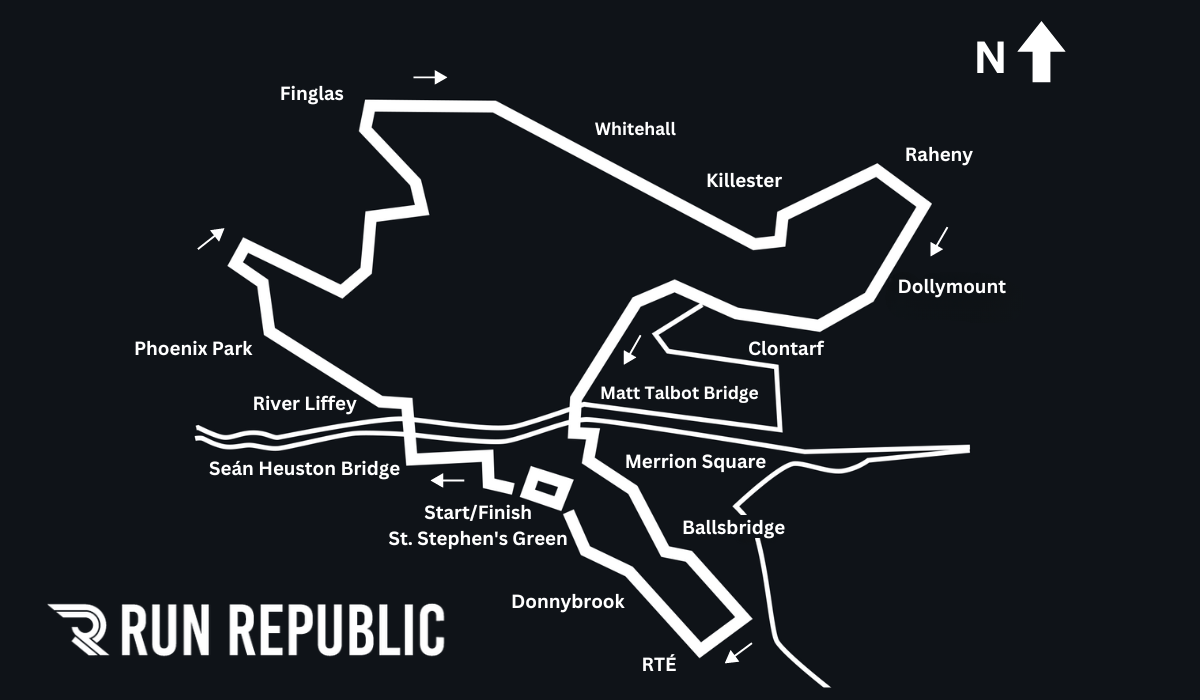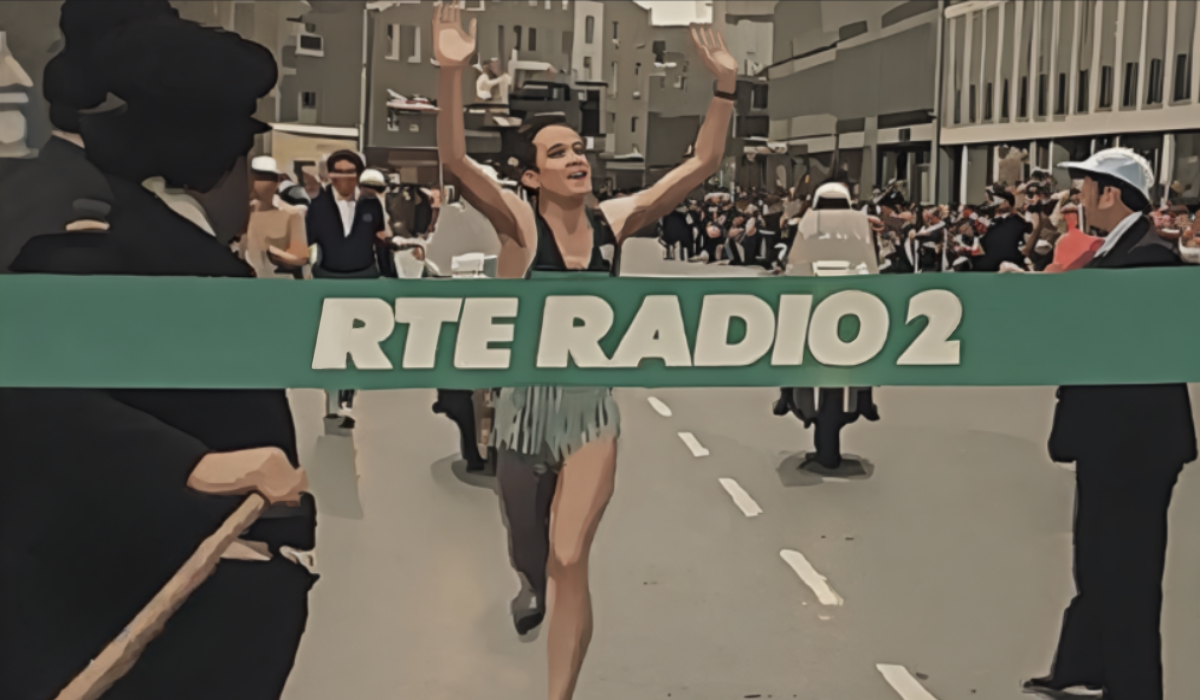By Phil Knox
On October 27th 1980, a momentous event unfolded on the streets of Dublin that would forever change the landscape of long distance running in Ireland. The first ever Dublin Marathon, now a staple of the international running calendar, and home of the Irish National Marathon Championships since 2003, was born out of a desire to bring the spirit of marathon running to the heart of the Irish capital.
By the mid-1970s, the notion that marathon running was solely the preserve of the elite was finally being challenged—the idea that an ordinary person, whether woman or man, might attempt, let alone complete, a marathon was gaining acceptance. Mass participation had surged and various major cities around the world held their inaugural marathon, New York in 1970, Berlin in 1974 and Paris in 1976. However, Ireland’s capital still lacked this event as the 1970s came to a close.
A series of events, shaped by a combination of fate and chance, led to the creation of the Dublin Marathon. Louis Hogan, an RTÉ Radio producer, was on holiday in New York in 1979 when he witnessed the city's marathon. Inspired by what he saw, Hogan sought the creation of a similar event in Dublin. Despite having no background in athletics, Hogan's vision found a vital ally in Noel Carroll, a former Olympian and a leading figure in Irish athletics.
Hogan and Carroll's combined efforts, along with support from key figures in Dublin's civic and media sectors, led to the establishment of the Dublin Marathon in 1980, officially organised by the Business Houses Athletic Association (BHAA). The BHAA, known for its strong track record of promoting athletics within the business community, took on the challenge of organising the race, ensuring it met the high standards expected of a city marathon. RTÉ Radio 2, a newly established radio station from the state broadcaster just a year earlier, was brought in as the sponsor.
On the morning of October 27th 1980, more than 2,000 runners gathered on Dublin’s streets, ready to tackle the 26.2-mile challenge. The atmosphere was electric, with participants ranging from seasoned athletes to enthusiastic amateurs, all eager to be part of this historic occasion.
The marathon route that day led runners through some of Dublin’s most famous landmarks. The course began at St. Stephen's Green, wound through the city centre, and then passed through Phoenix Park, Finglas, Raheny, Clontarf, Ballsbridge, and Donnybrook before returning to St. Stephen’s Green Approximately 1,420 runners would finish the marathon.

The Original Dublin Marathon Route
Two remarkable champions were crowned that day. In the men's race, Dick Hooper of Raheny Shamrocks, who had represented Ireland in the marathon at the Moscow Olympics earlier that summer, claimed victory. Hooper crossed the finish line in 2:16:14, setting a high standard for future Dublin Marathons. He would go on to represent Ireland again in Los Angeles and Seoul, and he would secure two more Dublin Marathon titles in the years that followed. Close behind him in second place was Neil Cusack of Limerick Athletics Club, the 1974 Boston Marathon winner and a two-time Irish Olympian.

Dick Hooper in an RTÉ interview after the marathon
In the women's race, just 70 participants took part, with Carey May of Dublin City Harriers emerging triumphant with a time of 2:42:11. May would later represent Ireland at the 1984 Olympics in Los Angeles and win the Osaka Ladies Marathon twice in the mid-1980s.
The success of the first Dublin Marathon laid the foundation for what has become one of Europe's most popular marathons. The event has grown significantly, now attracting tens of thousands of participants from around the world. Its popularity has soared to the point where entry is now determined by a ballot, similar to the London and New York marathons. The number of competitors has increased dramatically, rising from 2,000 in 1980 to 22,500 in 2024.
The marathon has also played a significant role in promoting health and fitness in Ireland, inspiring countless individuals to take up running and participate in the sport.
Reflecting on the first Dublin Marathon, it is clear that the vision of Louis Hogan, Noel Carroll and the BHAA has had a significant lasting impact on Irish sport. The event’s success has ensured that Dublin will continue to be a key destination for marathon runners for decades to come.
